When it comes to learning numbers, having visual aids can be incredibly helpful. One of the best tools for this is a number chart. A number chart is a visual representation of numbers arranged in a grid format. It allows learners to easily identify and understand the sequence of numbers from 1 to 100. In this article, we will explore some printable number charts that you can use to teach numbers to Asian students.
Number Chart 1-100: Printable and Interactive
 One popular printable number chart for Asian students is a colorful chart with numbers from 1 to 100. This chart is visually appealing and includes each number in numerical form as well as its corresponding word in English. The combination of visual representation and linguistic reinforcement can enhance the learning experience for Asian learners.
One popular printable number chart for Asian students is a colorful chart with numbers from 1 to 100. This chart is visually appealing and includes each number in numerical form as well as its corresponding word in English. The combination of visual representation and linguistic reinforcement can enhance the learning experience for Asian learners.
Counting with Number Charts
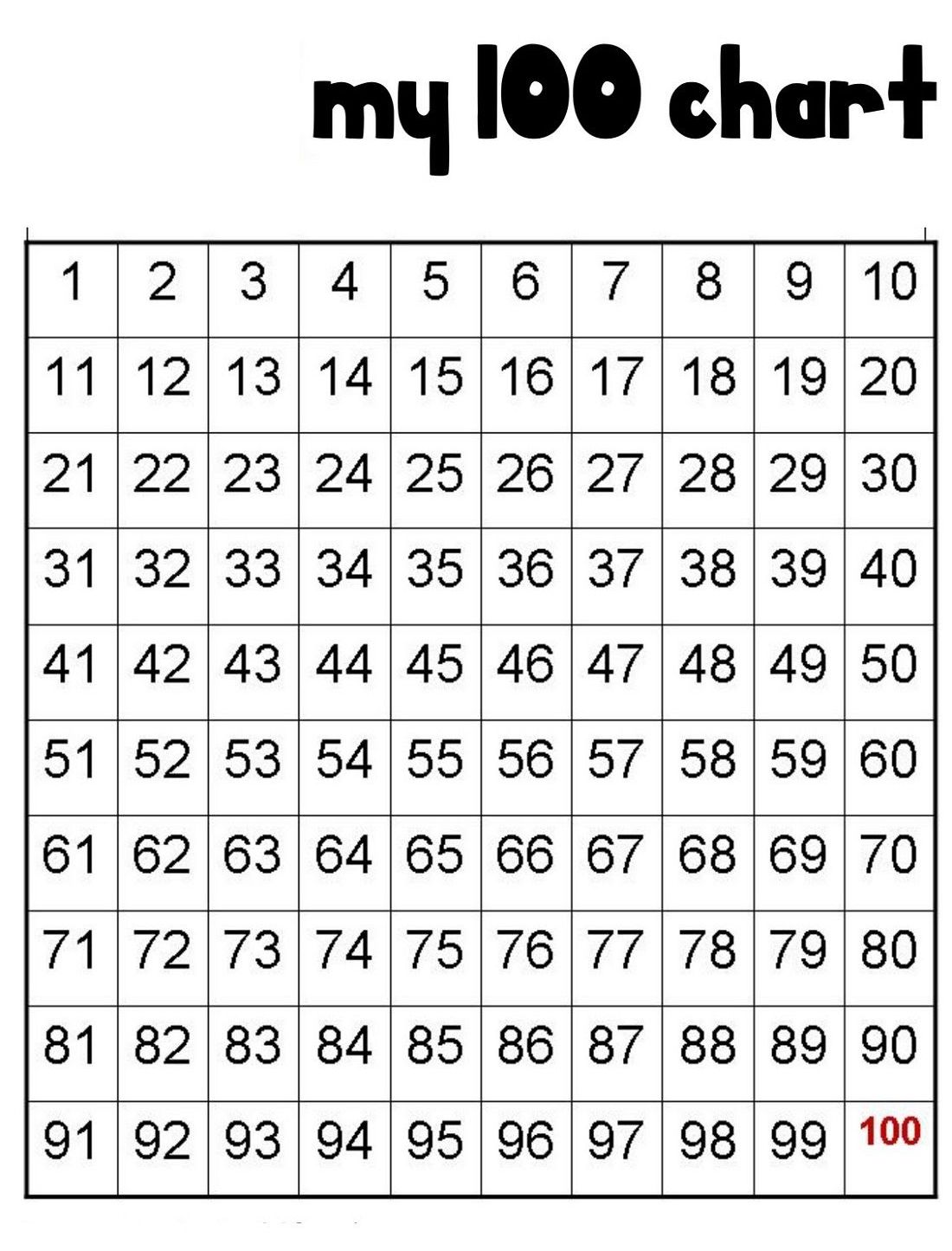 Another helpful resource is a number chart that encourages counting. This chart includes visuals, such as images of objects or animals, alongside each number. This approach can be particularly effective for Asian learners, as it provides context and makes the process of counting more engaging and relatable.
Another helpful resource is a number chart that encourages counting. This chart includes visuals, such as images of objects or animals, alongside each number. This approach can be particularly effective for Asian learners, as it provides context and makes the process of counting more engaging and relatable.
Colorful and Canny Number Charts
 If you are looking for a visually captivating number chart, one option is a colorful and canny chart. This type of chart incorporates bright colors, eye-catching designs, and catchy visuals to capture the attention of Asian learners. By making the learning experience more enjoyable, it can help students stay engaged and motivated.
If you are looking for a visually captivating number chart, one option is a colorful and canny chart. This type of chart incorporates bright colors, eye-catching designs, and catchy visuals to capture the attention of Asian learners. By making the learning experience more enjoyable, it can help students stay engaged and motivated.
Exploring Number Chart Types
 Understanding the different types of number charts can aid in the learning process. Some charts include additional information, such as number names, number lines, number patterns, and number concepts. By introducing these variations, you can help Asian students develop a deeper understanding of numbers and their applications.
Understanding the different types of number charts can aid in the learning process. Some charts include additional information, such as number names, number lines, number patterns, and number concepts. By introducing these variations, you can help Asian students develop a deeper understanding of numbers and their applications.
Tailored Charts for Asian Learners
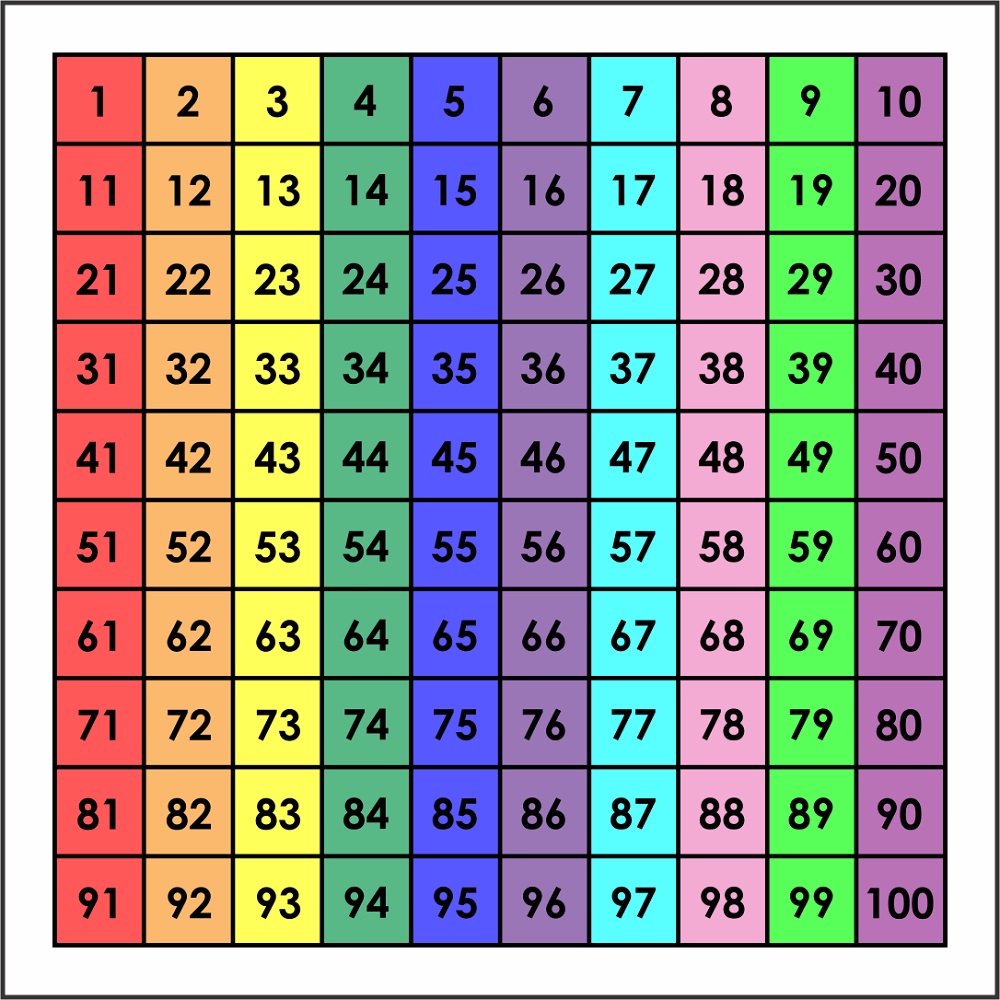 As educators, it is essential to adapt teaching resources to cater to the specific needs of Asian students. Number charts designed specifically for Asian learners can include culturally relevant images, traditional symbols, or familiar objects. This approach fosters a relatable and inclusive learning environment.
As educators, it is essential to adapt teaching resources to cater to the specific needs of Asian students. Number charts designed specifically for Asian learners can include culturally relevant images, traditional symbols, or familiar objects. This approach fosters a relatable and inclusive learning environment.
Engaging Activities with Number Charts
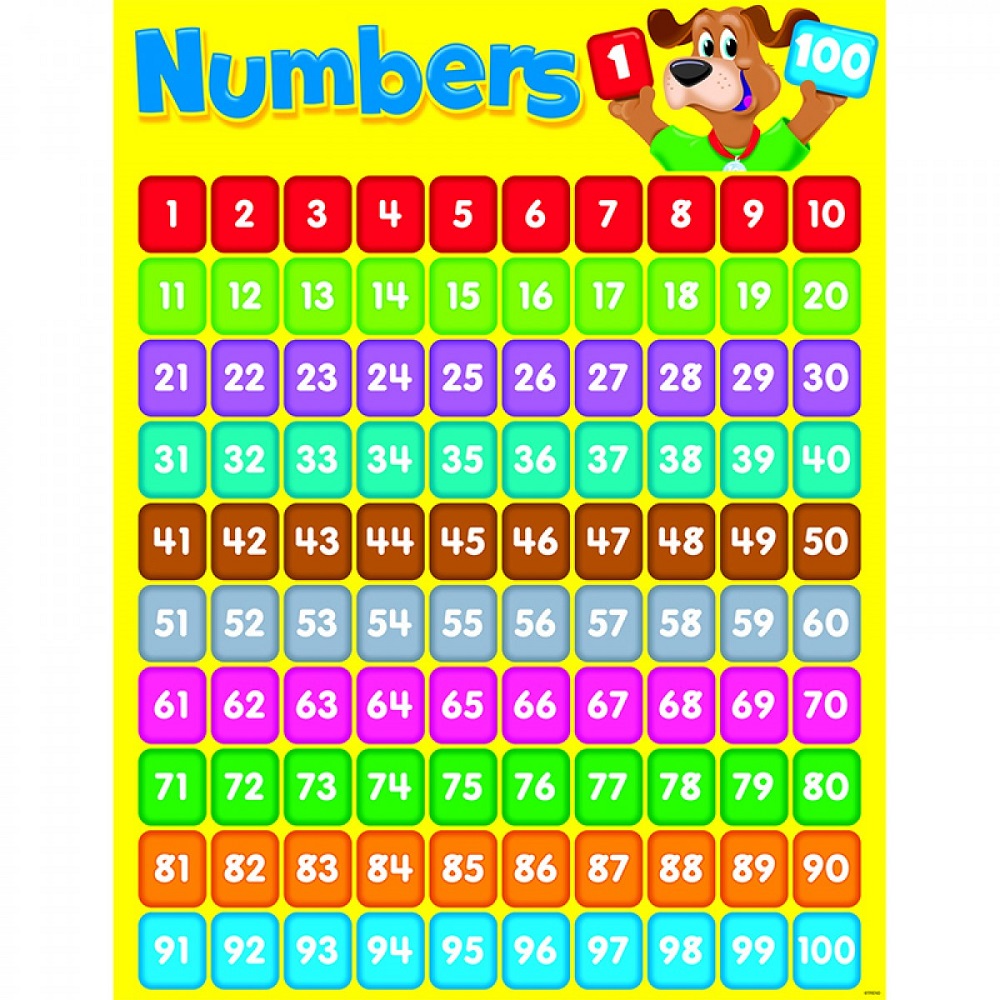 Number charts are not limited to rote memorization. They can also be used as a foundation for engaging activities. Teachers can create interactive games, such as “Guess the Missing Number” or “Number War,” to make the learning journey more interactive and enjoyable for Asian students.
Number charts are not limited to rote memorization. They can also be used as a foundation for engaging activities. Teachers can create interactive games, such as “Guess the Missing Number” or “Number War,” to make the learning journey more interactive and enjoyable for Asian students.
Extending the Learning: Numbers beyond 100
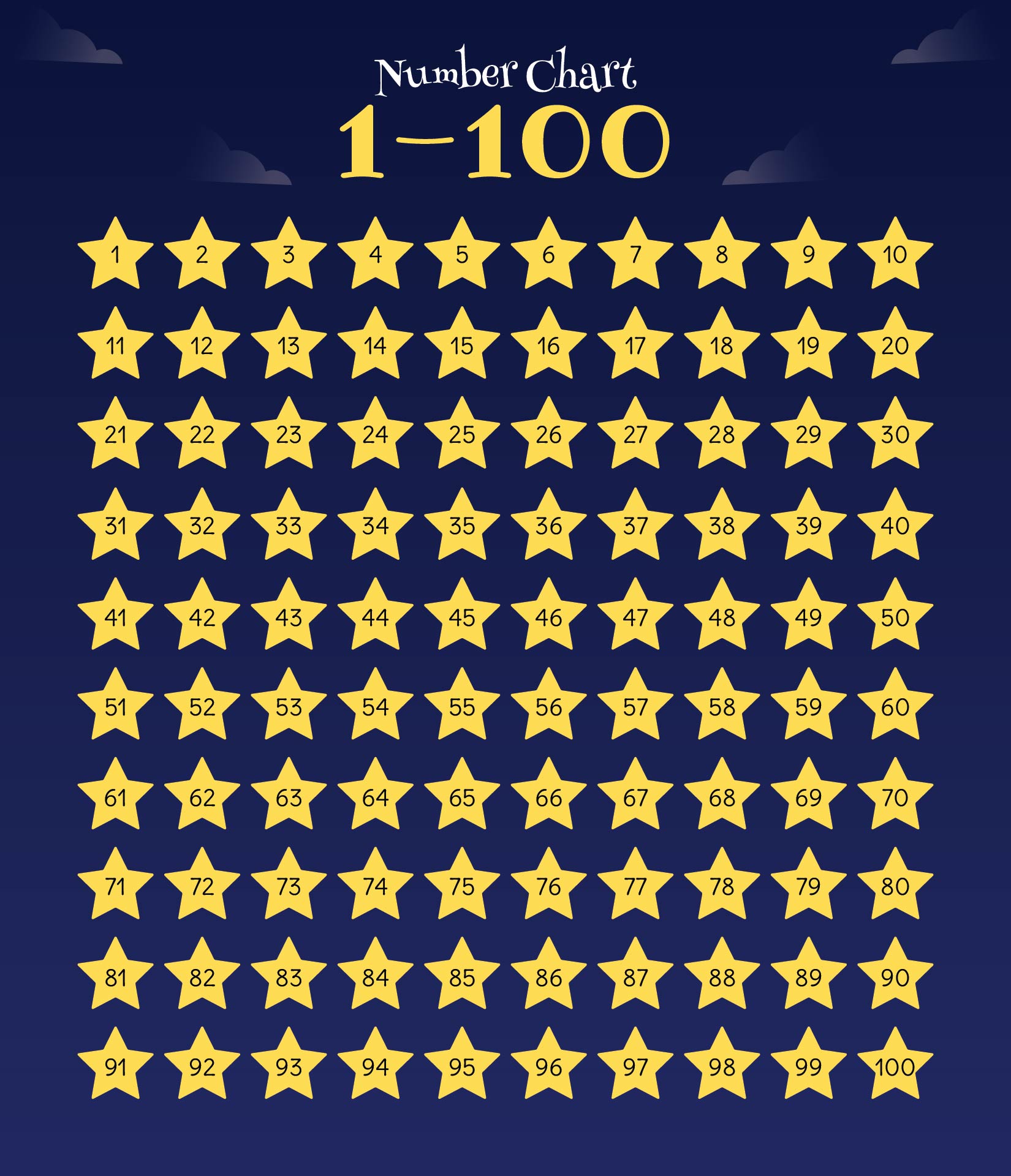 Once students grasp the concept of numbers from 1 to 100, it is important to extend their learning beyond this range. Printable number charts that go beyond 100 can help Asian students continue their numerical journey with confidence. These charts often display numbers up to 500, allowing learners to develop a deeper understanding of larger numerical sequences.
Once students grasp the concept of numbers from 1 to 100, it is important to extend their learning beyond this range. Printable number charts that go beyond 100 can help Asian students continue their numerical journey with confidence. These charts often display numbers up to 500, allowing learners to develop a deeper understanding of larger numerical sequences.
Number Words Made Easy
.png) Learning number words can be challenging, but printable charts can simplify the process for Asian learners. These charts include both numerical and word forms of numbers, allowing students to associate the written word with its corresponding numerical value. By visually connecting numbers with their words, learners can enhance their language skills while mastering numerical concepts.
Learning number words can be challenging, but printable charts can simplify the process for Asian learners. These charts include both numerical and word forms of numbers, allowing students to associate the written word with its corresponding numerical value. By visually connecting numbers with their words, learners can enhance their language skills while mastering numerical concepts.
Printable Number Sheets for Practice
 For additional practice, printable number sheets can be valuable resources. These sheets often feature a range of numbers, allowing Asian students to practice writing and recognizing numerals independently. Incorporating visually appealing designs or incorporating culturally relevant elements can make the practice more engaging and meaningful.
For additional practice, printable number sheets can be valuable resources. These sheets often feature a range of numbers, allowing Asian students to practice writing and recognizing numerals independently. Incorporating visually appealing designs or incorporating culturally relevant elements can make the practice more engaging and meaningful.
Enhancing Learning with Number Charts
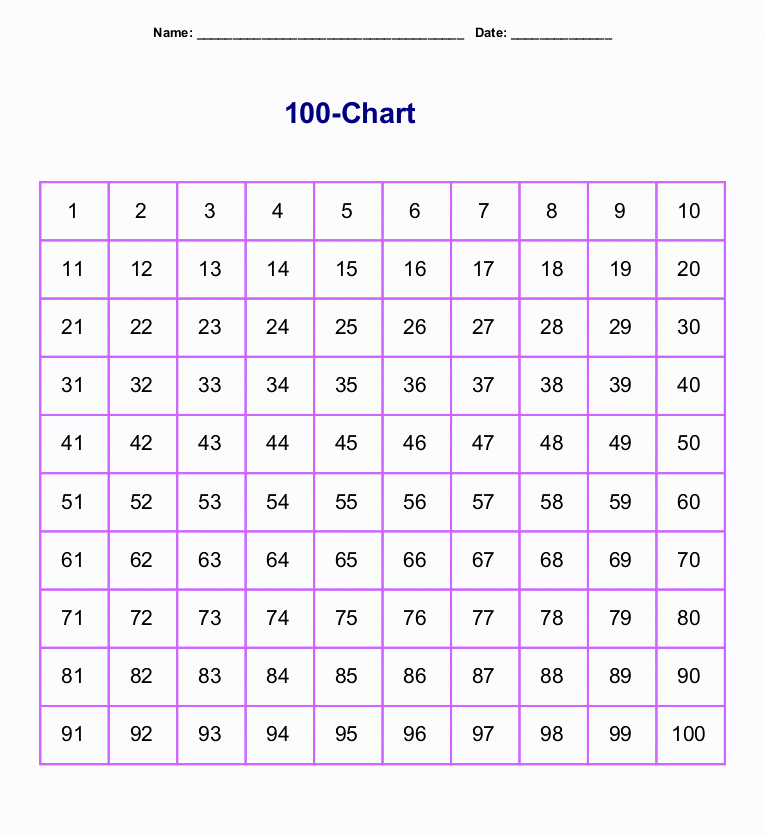 In conclusion, printable number charts are powerful tools that can greatly enhance the learning experience for Asian students. The visual representation of numbers combined with engaging elements and culturally relevant content create a holistic and inclusive learning environment. By tailoring these resources to the needs of Asian learners, educators can support their numeracy development and foster a love for learning numbers.
In conclusion, printable number charts are powerful tools that can greatly enhance the learning experience for Asian students. The visual representation of numbers combined with engaging elements and culturally relevant content create a holistic and inclusive learning environment. By tailoring these resources to the needs of Asian learners, educators can support their numeracy development and foster a love for learning numbers.